With most gardening practices, there is a consensus over what you should and shouldn’t do. However, with some procedures, there is more of a debate – and lawn rolling is definitely one that belongs in the latter category.
While some people believe annual rolling, usually in springtime, is an essential part of lawn care, others will tell you it is at best a waste of time – and at worst, something that is highly detrimental to a healthy lawn.
Here, we look at both sides of the argument – and deal with the question of when to roll your lawn.
Table of Contents
To roll or not to roll?
Before we talk about when to roll your lawn, let’s look at the arguments against the practice to help us understand when it should be done.
When you roll your lawn, it compacts the ground. Healthy earth is made up of about 50% empty space that is filled with air and allows water to seep through when it rains or when you water your lawn.
When grass grows, the roots grow into these spaces – grass roots don’t grow into the soil itself. This means if you compact the earth, the roots have nowhere to grow and will struggle to become established. This will result in a less healthy, less hardy lawn.
This can place extra stress on your lawn particularly in spring when your grass is coming into one of the major growing phases of its annual life cycle.
Another issue that is caused by compacted earth is soil runoff. When it rains, the water doesn’t penetrate the soil but instead washes off the top layer, carrying away vital nutrients as it goes. This means compacting your soil will also reduce its quality as a home for healthy grass.
A related problem is that if water doesn’t penetrate the earth, it will not reach the roots and your grass will not be able to receive the water it needs to live and thrive.
So when should you roll Your Lawn?
With all these reasons why you shouldn’t roll, it might seem like rolling is something that is best avoided. However, there are a few special situations when rolling is required.
One time when rolling can possibly be recommended is after seeding. If you spread new seed over a patch of bare lawn, rolling it can ensure the seeds are forced into close contact with the earth, which aids germination.
Check out this video to see how and why it’s done.
However, a similar effect can be achieved by raking, so rolling isn’t essential, it is simply an optional technique that can be beneficial.
Another time when rolling is recommended is when laying new sods of grass. This will help the grass take root and will also encourage deeper root growth. For these reasons, this is one of the times when rolling your lawn is actively recommended.
Rolling may also be helpful after a winter that brought particularly changeable conditions. A winter with lots of mild periods mixed with colder snaps may cause soil heaving, and rolling is one way to rectify this problem.
Finally, another time when rolling is helpful is after significant mole activity. If moles spend the winter burrowing through your lawn, a good rolling session will help even out the bumps they have created.
What is the best time of year to roll?
Here is something almost everyone can agree on. If you decide you do need to roll your lawn, the best time to do it is in the spring.
This is when grass has just come out of its dormant winter period and is just entering the growing phase, meaning it will best be able to recover from the stresses of being rolled.
Rolling in the winter is not helpful since the earth may be frozen and will be too hard. Similar, in summer when the ground is baked hard, you should avoid rolling. With the earth in this condition, rolling won’t achieve anything and will only damage the grass.
Always roll your lawn when it is moist but not soaked. If you roll when it is too wet, you will compact it too much and will suffer from all the problems discussed above.
When is rolling not helpful?
There are certain problems that some people attempt to rectify by rolling – but in reality, this is not a helpful solution.
For example, if you are trying to flatten your lawn, rolling is not the answer. While you may be able to flatten out a few small lumps or bumps by rolling, if you need to flatten an uneven lawn, you will need to add or remove soil to achieve the desired result.
Some people tend to see rolling as an annual chore that just needs to be done as part of general maintenance.
This is simply wrong, however. Only roll your lawn in the specific situations we discussed above and don’t see rolling as a yearly task that needs to be done systematically each spring.
Another tip is to avoid rolling altogether if you live in an area with heavy clay soil. These kinds of soils are more prone to compacting, and if you roll them, you will make it hard for your lawn to thrive.
Some other tips
If you decide to roll, make sure you also aerate your lawn after. By puncturing holes in your lawn, you will be able to counteract the negative effects of compacting that occur when rolling.
Another important tip is to make sure you don’t use a heavy roller. If you really need to roll your lawn, a light roller will usually be sufficient and will not cause as much stress to the grass as using a heavy roller.
Finally, unlike a leaf vacuum or a lawn edger, a roller is a bulky piece of equipment that won’t get much use. It is something that will cost you money, will take up storage space and will probably only be used once every two or three years.
For this reason, if you need to roll your lawn, you might find it more economical to hire one when you need it rather than buying one yourself.
Not an annual necessity – but useful in specific circumstances
As we have said, rolling is not something you need to do every year; it is something that should be done only in specific circumstances or to rectify very specific problems. Remember that lawns are made up of thousands of tiny plants, and passing a big heavy roller over them compacts the earth and puts those plants under a lot of stress. For this reason, you should think carefully about whether you really need to roll your lawn at all.
Don’t forget to pin it!

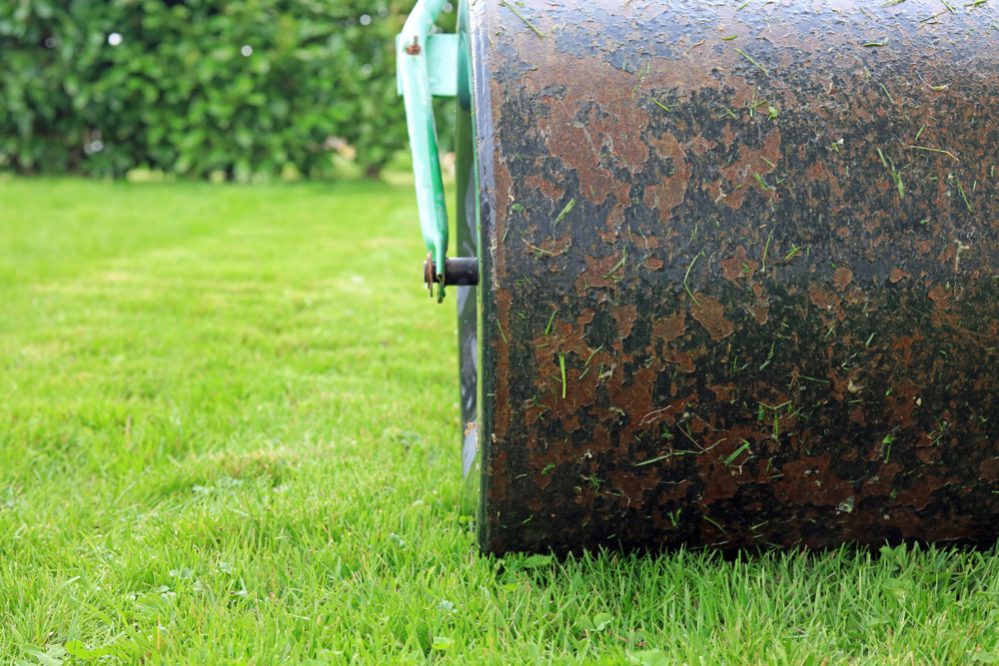
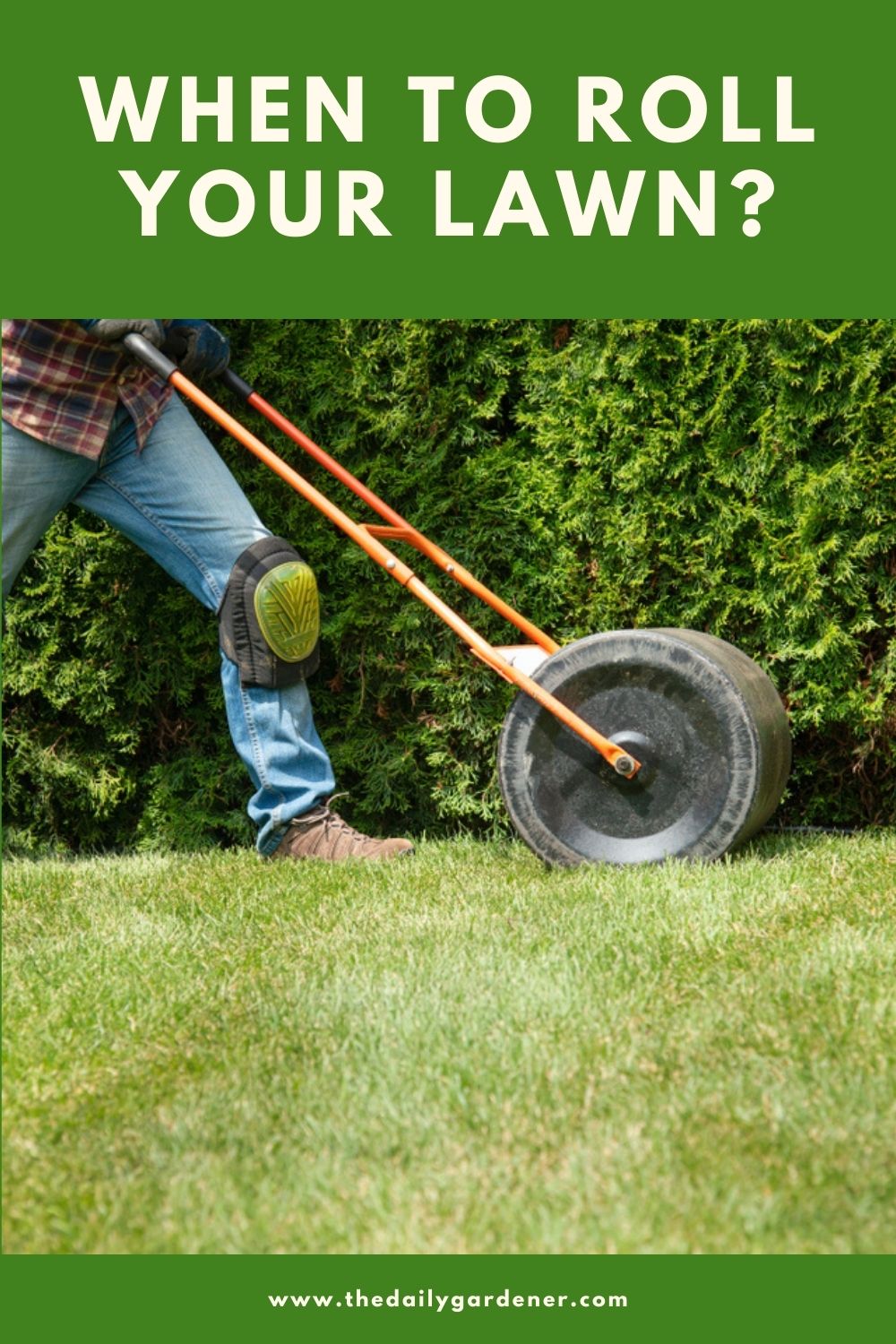
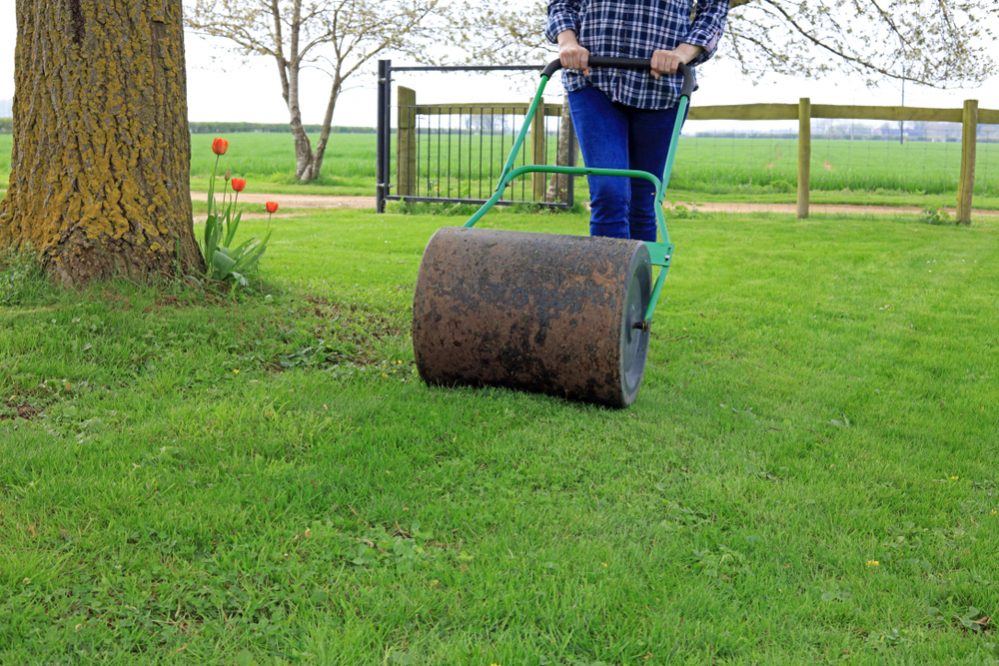
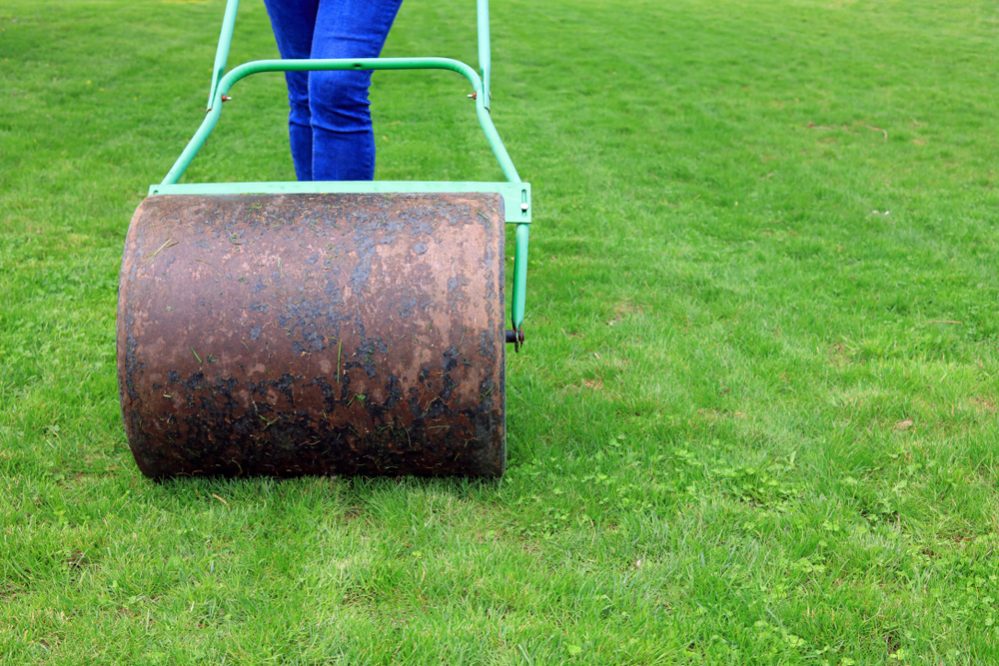
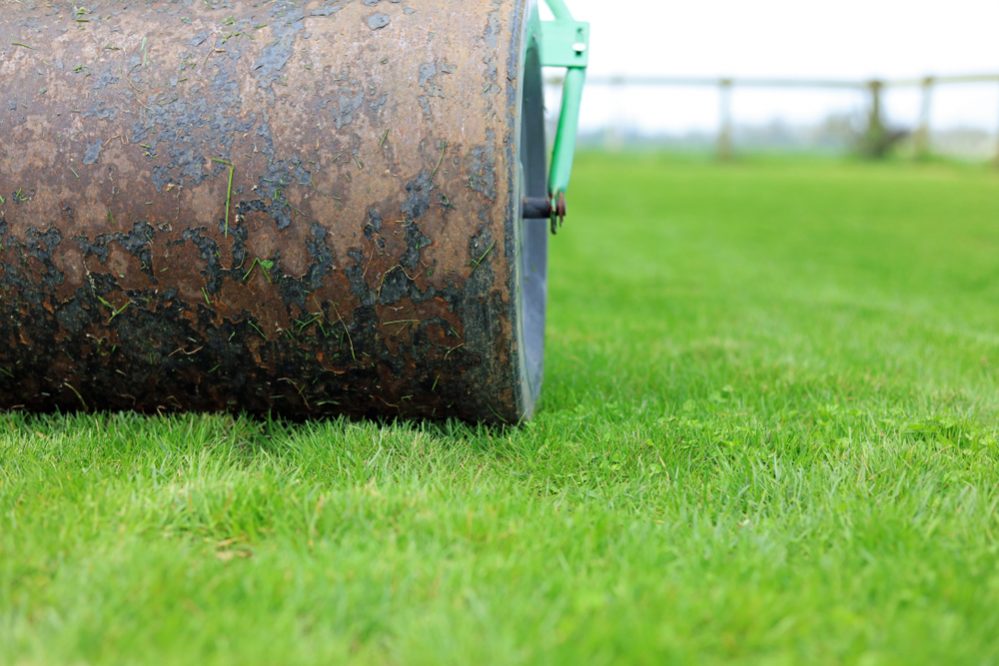
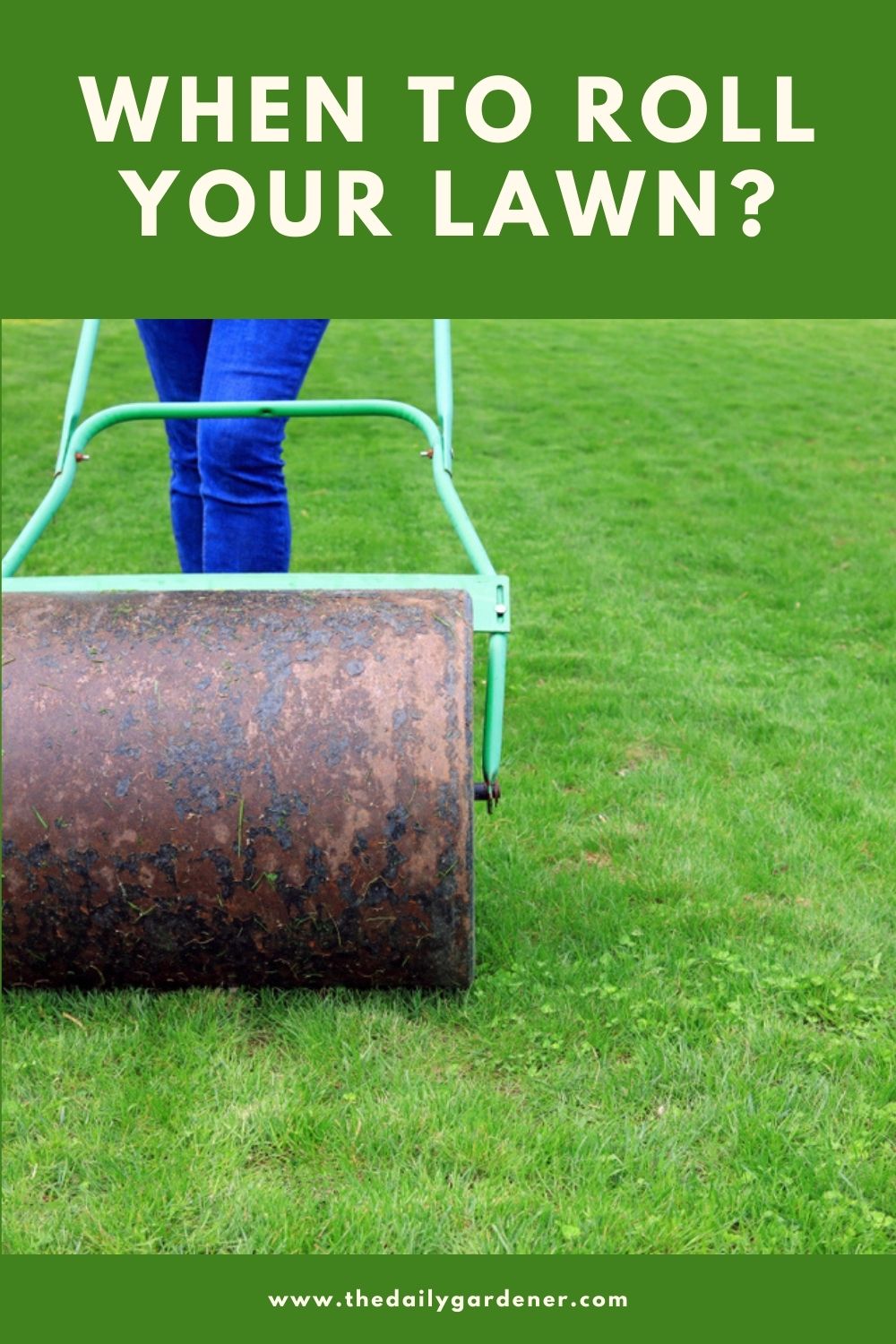
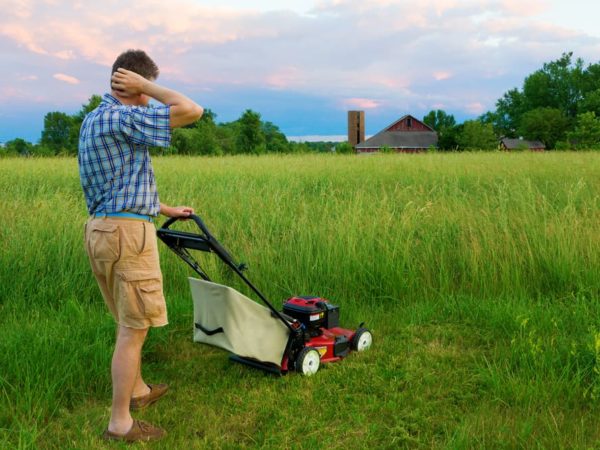
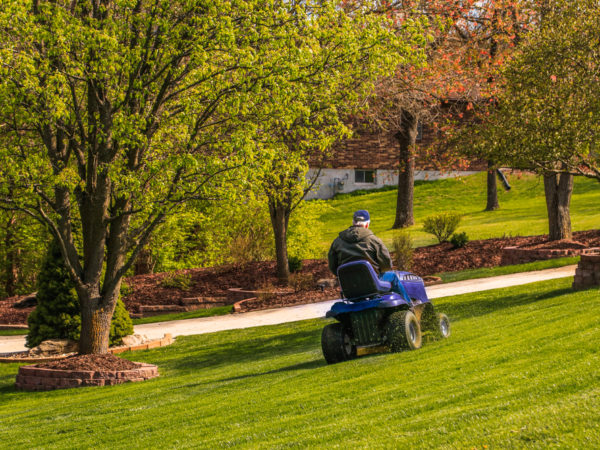
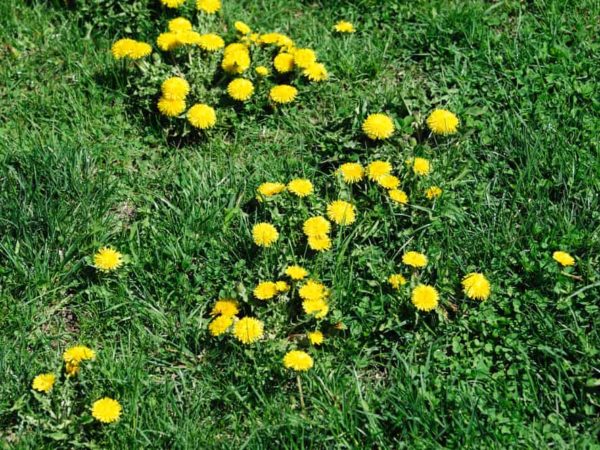
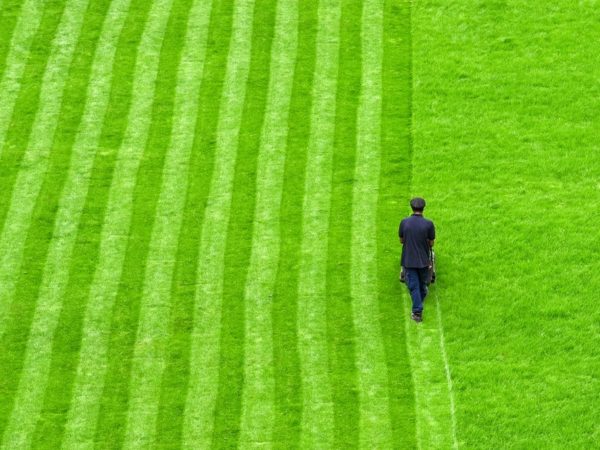
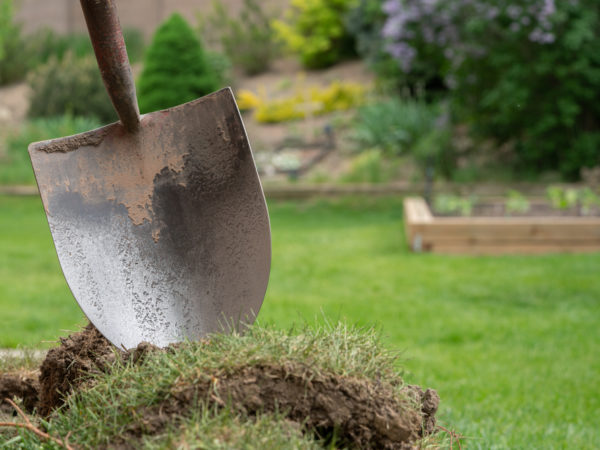
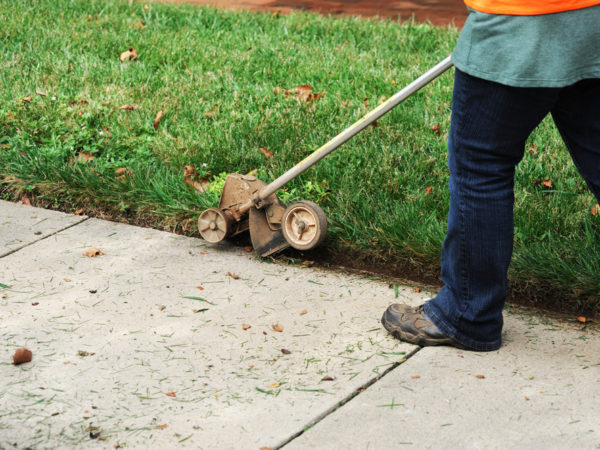
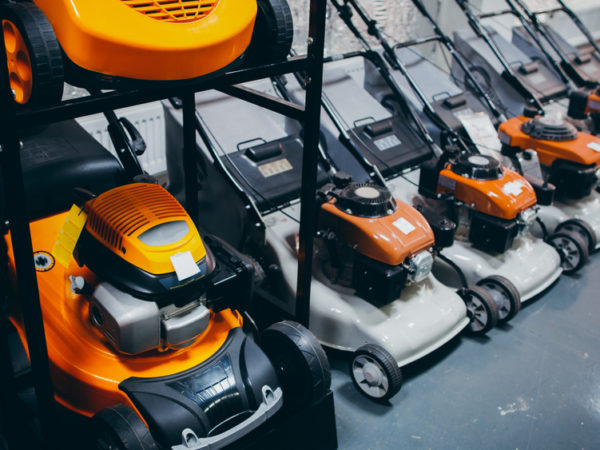
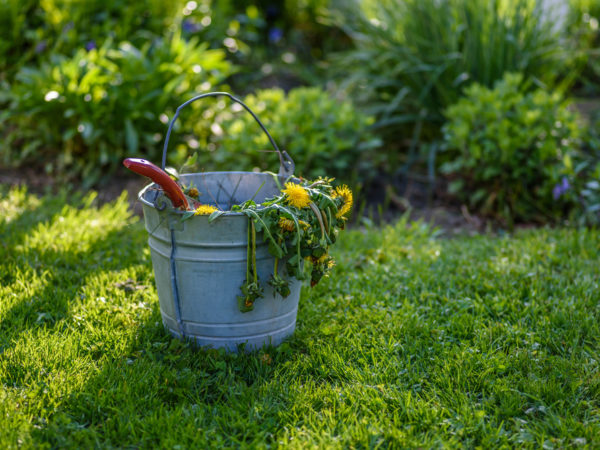
I purchased a lawn roller many years ago. I only roll when I think the lawn needs it. Like after an over abundance of MOLES have a field day. I am rolling this year 2021, because I trapped 19 last year. I am in an older neighborhood on about 1/4 acre.
An extremely useful piece of equipment for sure!